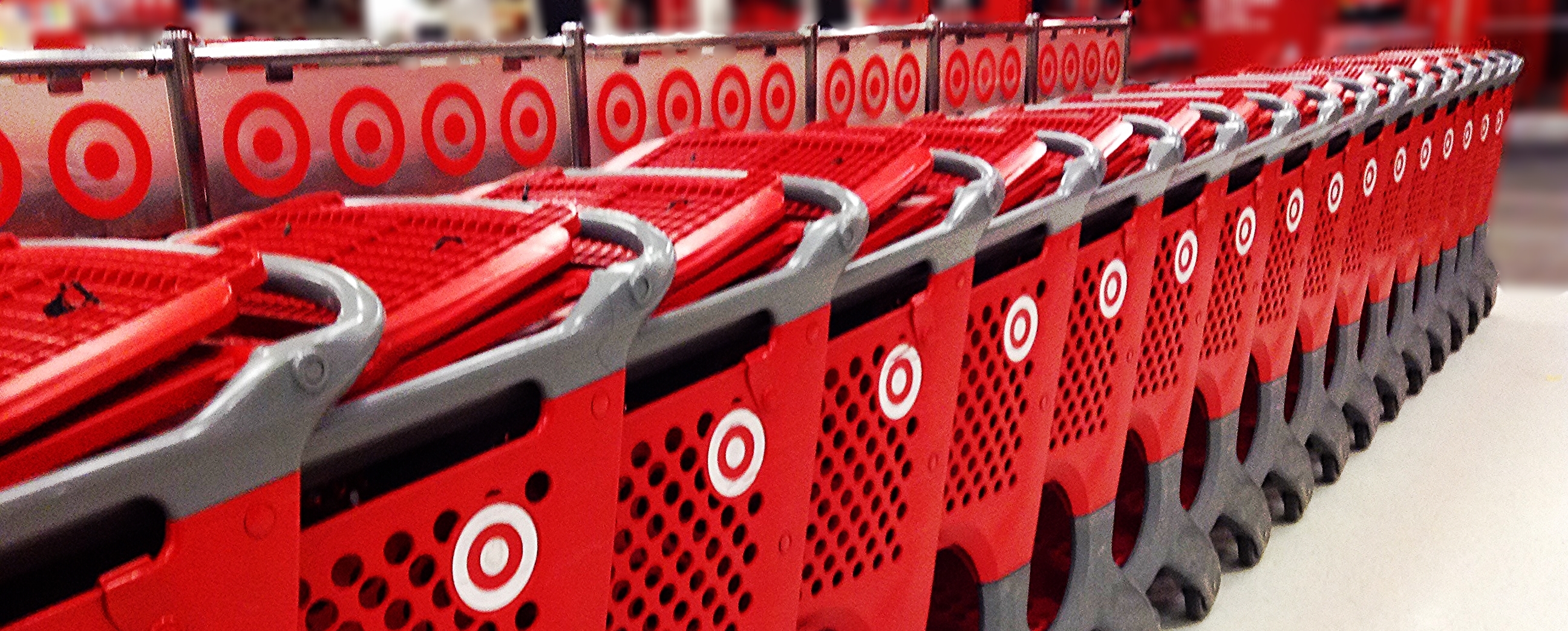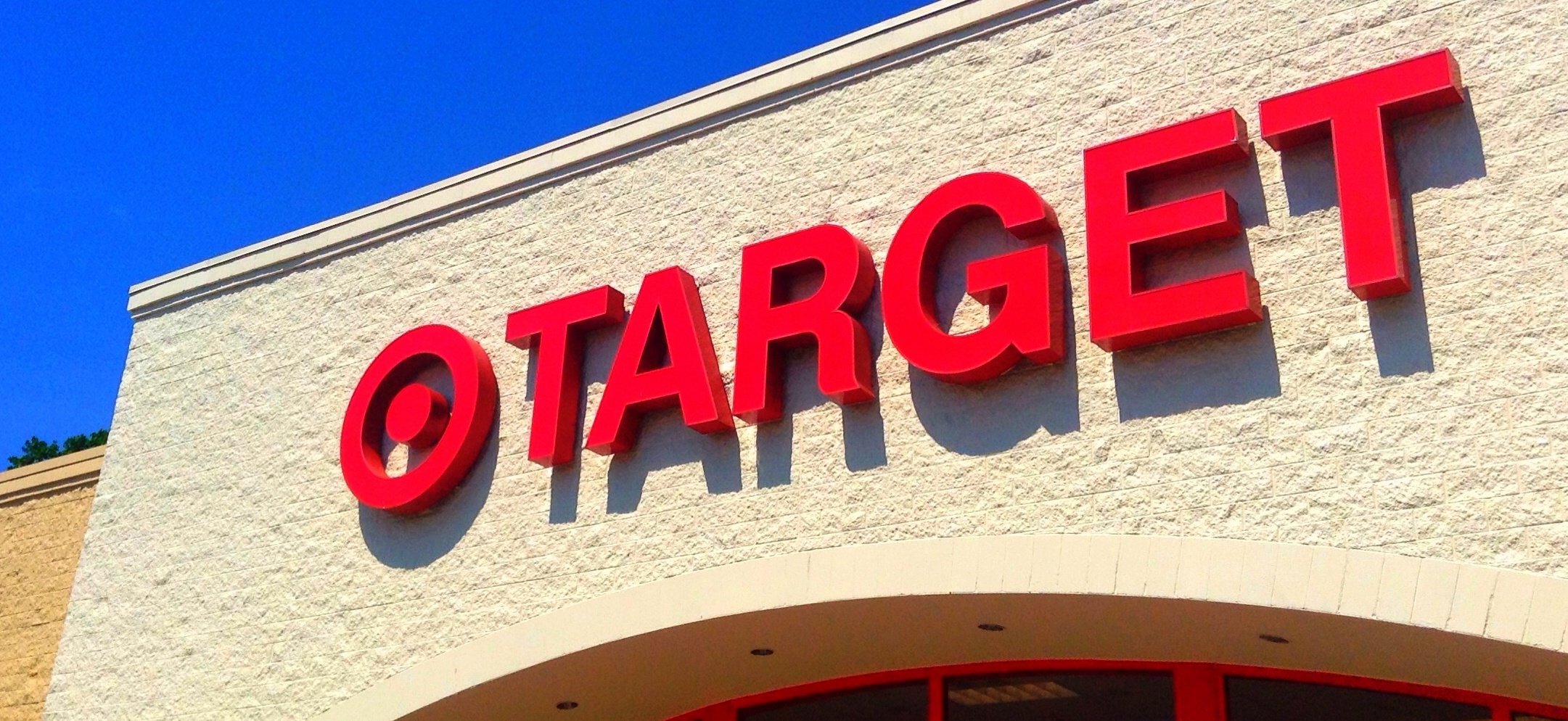This post has already been read 16029 times!

As I mentioned in a recent post, Total Disruption on the Horizon, many companies are becoming increasingly disillusioned with traditional enterprise software, because it is inherently enterprise-centric, and can not adapt to meet the challenges of today’s supply chain and consumer behavior. This dissatisfaction has intensified in recent years.
In a recent CIO magazine interview, Target CIO Mike McNamara discusses some of these frustrations, and Target’s $1 billion plan to meet them.
“We need to get the fundamentals in place and that’s because the stress and strain we put on our supply chain today is very different to what was the case four or five years ago.”
On the one end, the supply chain has become more complex and has lengthened, reaching around the globe. On the other end, the consumer shops through multiple channels and expects a wide selection, immediate availability and prompt delivery.
“Packaged Software Just Doesn’t Serve Big Businesses Well….”
But technology hasn’t kept up, and McNamara sees no alternative but for Target to build their own solution.
“The in-sourcing and custom development is a painstaking process, but one McNamara says is necessary before the retailer can begin analyzing its supply chain for sales and customer trends and better allocate resources across the enterprise. ‘The world of packaged software just doesn’t serve big businesses well,’ [Mike McNamara] says.
This is a slow and extremely expensive route Target is taking (to the tune of $1 billion)! In the end there’s no guarantee that the results will be significantly better than commercial off-the-shelf software.
Is There a Better Way?
A much cheaper and faster approach that has recently become available, is to join a many-to-many network. These networks can support all trading partners, from retailer through to raw material suppliers.
With ready-built and extensible, modular solutions on the network, companies can be up and running fast (in months), and still retain the ability to customize the solution to fit their business needs.
A recent post, Digital Supply Chains: What’s the Big Deal? discusses some of the benefits companies are realizing from moving to this type of model.
It’s possible that Target can pull it off, but the odds are against it. In today’s business environment, speed is critical. And the route Target is taking is anything but speedy, and the resulting solution is unlikely to match the flexibility and inclusiveness of a many-to-many network.
- Map of U.S. Trucking Spills in 2016 - January 13, 2017
- What is aPaaS? A Way to Supercharge Your App Development - December 12, 2016
- Future of Transportation: Goodyear’s Radical Smart Tire Concept - November 3, 2016
